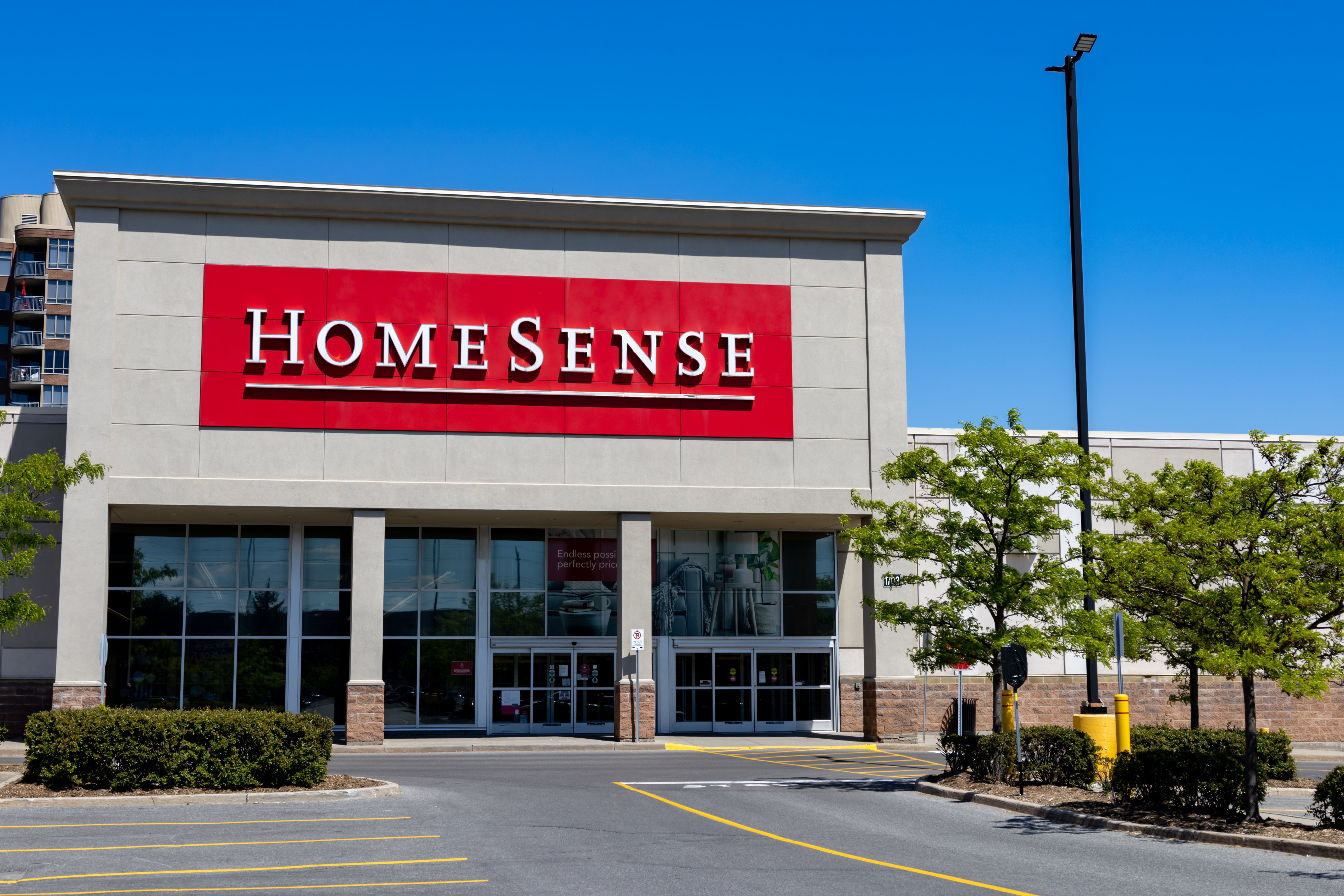You may not know much about Homesense, but if you’re in the furniture business, you should: The TJX-owned brand is ramping up to be a major disrupter. Although it has only about 55 locations now, with the opening of new stores in Texas this month, the off-price home furnishings retailer is starting to grow its footprint. If this expansion pace continues, Homesense could be on its way to becoming a national chain with hundreds of locations.
At first appearance, it is a döppelganger to its sister brand, HomeGoods: an off-price format largely located in shopping centers and devoted to a rapidly changing assortment of home furnishings—with an aggressive pricing strategy that sometimes is more sizzle than substance.
But a closer inspection of its merchandising mix shows that it is clearly more furniture-centric than HomeGoods. Walking through its stores, you’ll see more floor space dedicated to the category, as well as living, dining and bedroom casegoods that the other doesn’t touch. All of that is exactly why the brand poses a significantly larger threat to furniture retailers. HomeGoods took market share in soft goods and decorative accessories from department stores, specialty chains like Bed Bath & Beyond, and mid-tier retailers like Kohl’s and JCPenney, and Homesense is poised to do the same in furniture.
The chain’s presence is still small compared to that of HomeGoods: The latter has 71 stores in Texas alone, whereas Homesense has only opened two locations there, in San Antonio and Fort Worth (with Austin and Katy reportedly next). Parent company TJX, best known for its apparel-centered brands T.J. Maxx and Marshalls, opened the first Homesense in the U.S. in 2017, although it already had, and continues to operate, stores under that name in Canada, Europe and Australia.
TJX’s rollout of Homesense has been slow but steady, and this year it expects to add about 17 new locations around the country. Combining those with the ones opened in 2023, the brand will soon have around 70 stores in total.
The real estate market is clearly helping those efforts. Homesense’s stores average about 27,000 square feet (versus about 23,000 square feet for HomeGoods), making the brand a good fit for strip malls that are teeming with these kinds of locations since the recent demise of Bed Bath & Beyond and larger-format Tuesday Morning and Pier 1 Imports stores. Consolidation in the supermarket sector may also open up real estate opportunities for TJX.
How big can Homesense get? With close to 1,000 HomeGoods stores now up and running—a figure that has doubled over the past seven years—one can suspect TJX is starting to max out on that nameplate’s overall footprint. But the company has said it sees 1,500 locations between the two brands at some point, so clearly most of that growth is going to come from the Homesense side of the house.
The twin home brand assault will likely echo what TJX has done in apparel. Some questioned the move in 1995 when the company bought Marshalls from erstwhile retail conglomerate Melville (which once owned Linens ’n Things and CVS, among other brands), seeing the store as redundant with T.J. Maxx. At the time, each had about 500 locations.
Now the company operates some 4,800 stores in nine countries, including more than 2,300 in the U.S. and hundreds of international outposts under other nameplates (T.K. Maxx in Europe and Winners in Canada). And while there are some differences between T.J. Maxx and Marshalls—some claim they differ in their fashion accessory assortments—the two brands are ultimately very similar. Still, the two-pronged approach has allowed the company to operate far more locations than if it had just one brand.
The company may be planning something similar for its home units. Homesense and HomeGoods are more differentiated than their apparel stablemates, but both target the home furnishings shopper. The former’s heavier mix of furniture gives it a somewhat different profile, and that’s why it represents much more of a threat to the conventional furniture stores that have never seen its older sibling as a real competitor. Homesense most certainly is, with mainstream bedroom, living room and dining room products, as well as outdoor furniture.
Last year, TJX did about 35 percent of its overall $54 billion in revenue in home, including furnishings sold at the T.J. Maxx and Marshalls stores that have home departments. The category grew 9 percent in the HomeGoods/Homesense division last year, slightly outpacing the parent company’s overall growth for the 12-month period.
With Homesense seemingly about to accelerate its expansion, it looks like that number’s going to grow dramatically. Furniture retailers have been warned.
____________
Warren Shoulberg is the former editor in chief for several leading B2B publications. He has been a guest lecturer at the Columbia University Graduate School of Business; received honors from the International Furnishings and Design Association and the Fashion Institute of Technology; and been cited by The Wall Street Journal, The New York Times, The Washington Post, CNN and other media as a leading industry expert. His Retail Watch columns offer deep industry insights on major markets and product categories.




























